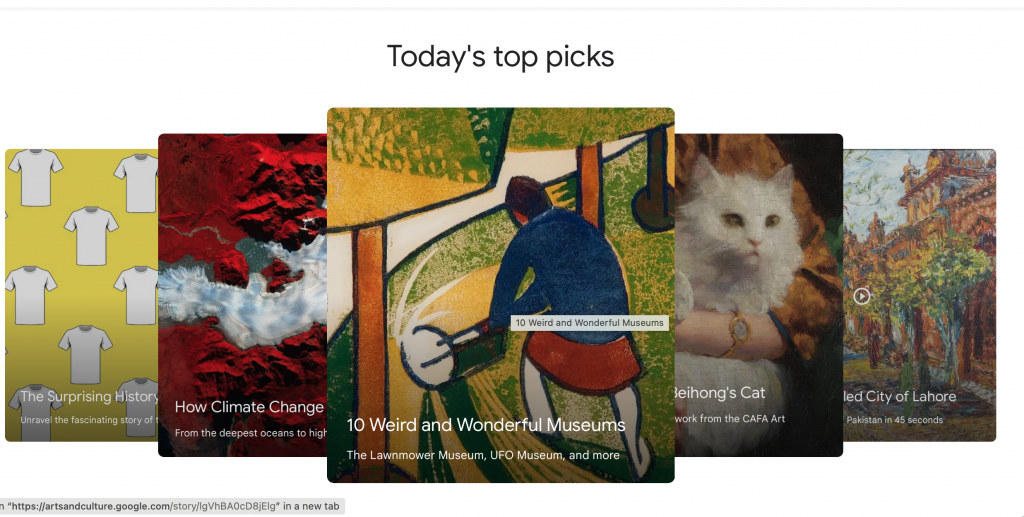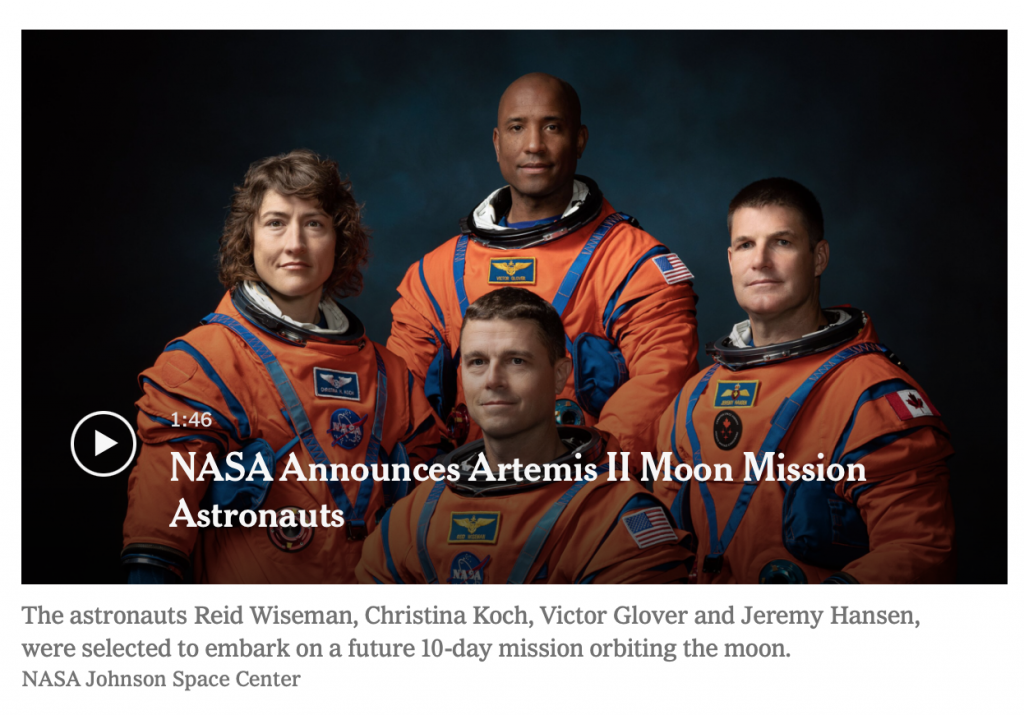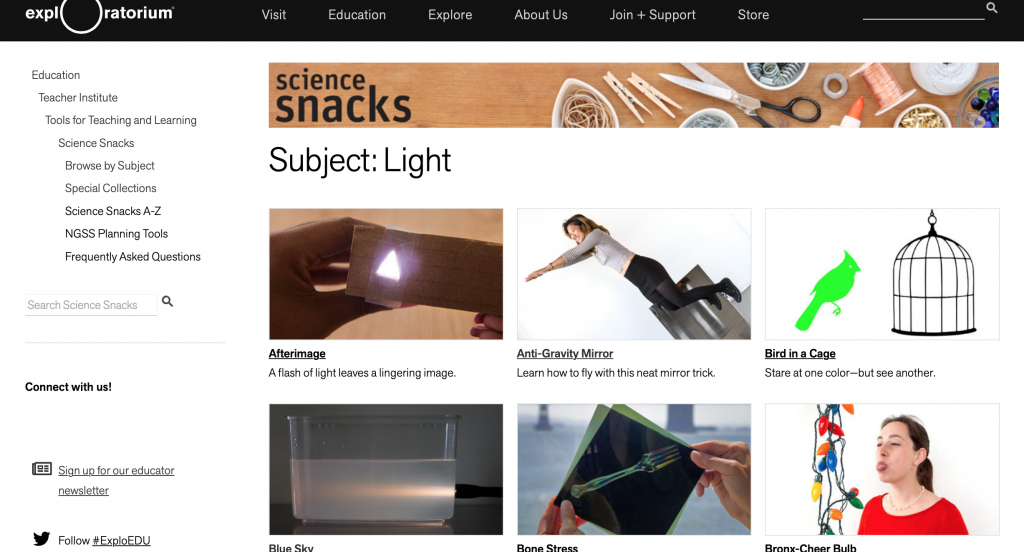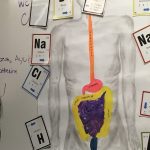Staying Smarter: Do you know what the summer slump is?
The summer learning slump happens when you do not have enough learning opportunities over the summer vacation to maintain your current level of knowledge.
The summer slump occurs when you stop learning new skills and practicing using the skills that you gained the past year.
You can prevent the summer slump by doing at least 3 of the following activities during the summer vacation.
Become a Science Citizen:
Bioblitz Opportunity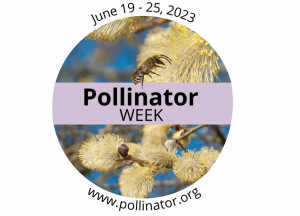
inaturalist: Join for free and contribute to science observations
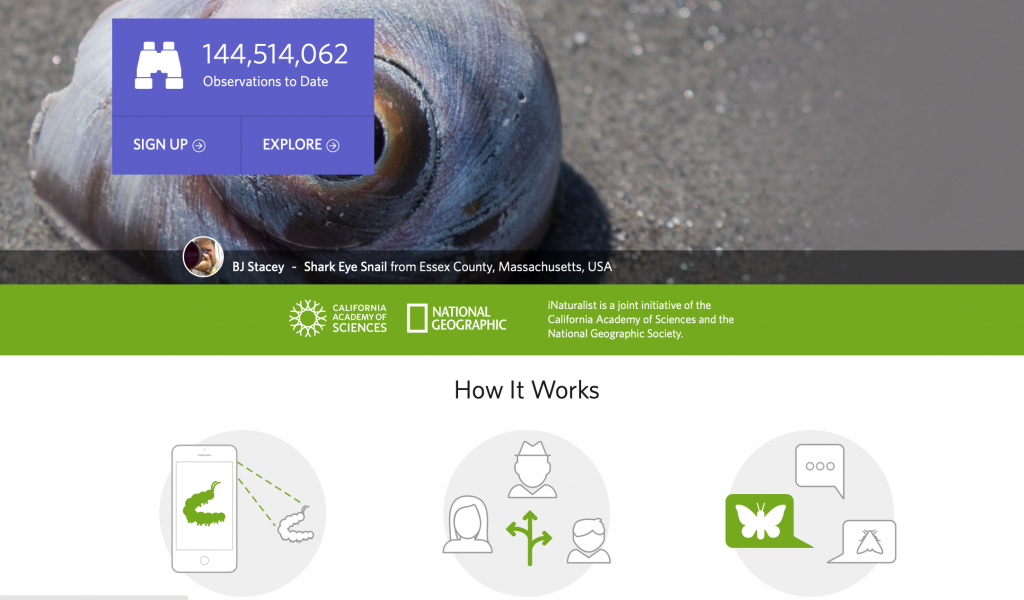
Learn how to add an observation on a mobile device
Learn more about animals – animal cams
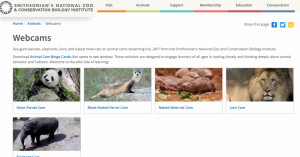
Learn a language – duolingo
Learn a new skill – Code academy
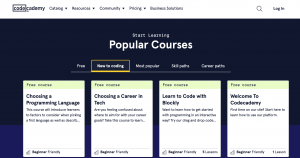
Work in a garden – School Garden
Learn how to identify plants – leaf snap
Volunteer helping kids to read – Burnaby Public Library Reading Buddy Program
Visit your public library and join the reading program
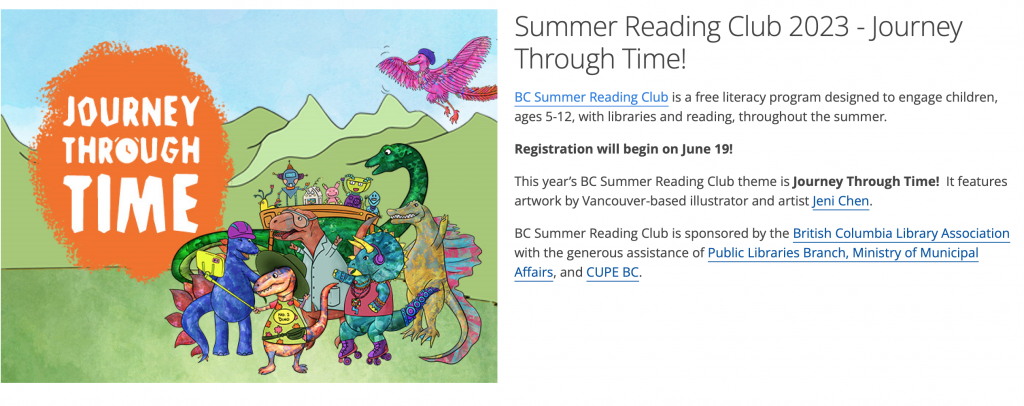
Bring your math skills into the world
Visit a Science Museum – Beaty Biodiversity,
Science World
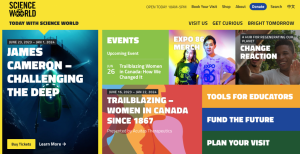
Visit Google Arts & Crafts
